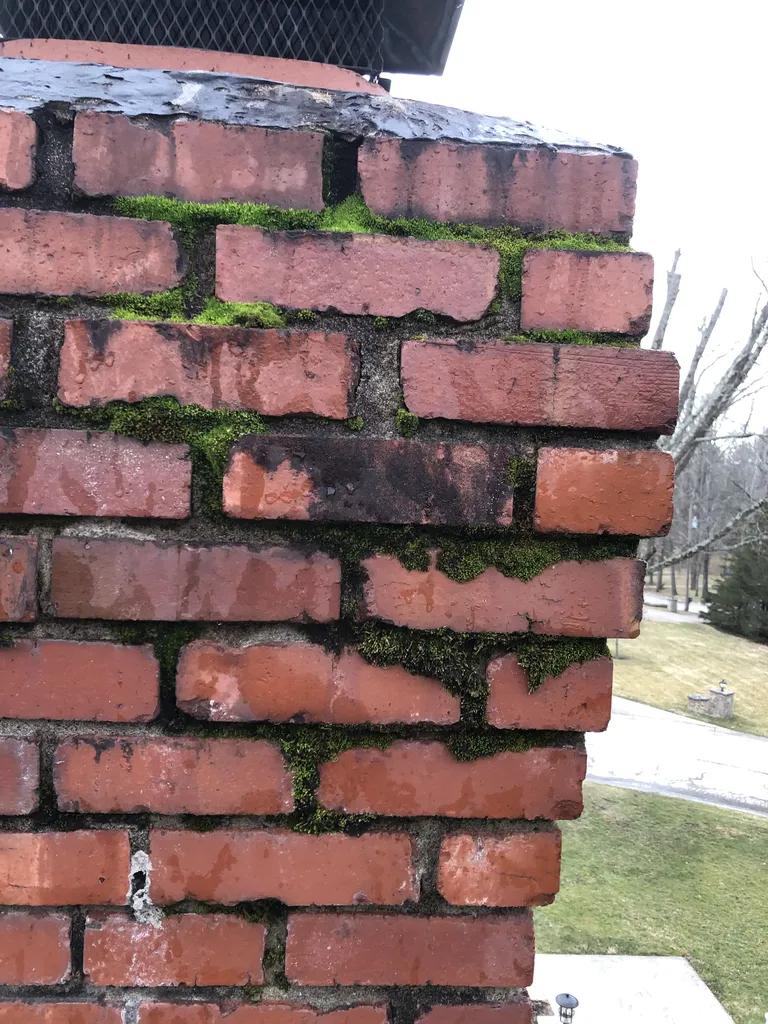Preserving the history and heritage of a city requires careful maintenance and restoration of its masonry structures. From traditional brick buildings to iconic stone facades, masonry restoration techniques play a crucial role in maintaining the architectural integrity of our urban landscapes. In this article, we will delve into the importance of city masonry restoration, exploring the various techniques and strategies used to preserve the past for future generations.
Table of Contents
- Overview of City Masonry Restoration
- Challenges Faced in City Masonry Restoration Projects
- Key Techniques for Successful City Masonry Restoration
- Recommendations for Effective City Masonry Preservation
- Q&A
- Closing Remarks

Overview of City Masonry Restoration
City masonry restoration is an essential process in preserving the historical integrity of our urban landscapes. By utilizing various techniques and materials, skilled masons can repair and maintain the intricate brickwork and stonework that make up our city buildings. These restoration projects not only ensure the structural stability of these historic structures but also contribute to the overall aesthetic appeal of the city.
One common technique used in city masonry restoration is tuckpointing, where damaged mortar joints are carefully removed and replaced to match the original design. This process not only strengthens the structure but also enhances the visual appeal of the masonry. Another important aspect of city masonry restoration is the cleaning and preservation of historic facades. By using gentle cleaning methods such as water washing or chemical poultices, masons can remove years of dirt and grime without causing damage to the original materials.

Challenges Faced in City Masonry Restoration Projects
City masonry restoration projects present a unique set of challenges that require skilled technicians and innovative solutions. One major challenge faced in these projects is the preservation of historical landmarks while ensuring structural integrity. Over time, buildings can deteriorate due to various factors such as weathering, pollution, and poor maintenance. This requires careful planning and execution to retain the original aesthetics and character of the structure.
Additionally, sourcing authentic materials for restoration can be a daunting task. Finding matching bricks, stones, or tiles that are no longer in production can be time-consuming and expensive. Another challenge is coordinating with local authorities to ensure compliance with heritage preservation laws and regulations. Strict guidelines must be followed to maintain the historical significance of the building while meeting modern safety standards.

Key Techniques for Successful City Masonry Restoration
When it comes to preserving the heritage and history of our cities, masonry restoration plays a crucial role in maintaining the authenticity and charm of historic buildings. There are key techniques that are essential for successful city masonry restoration projects. One of the most important techniques is pointing, which involves repointing the mortar joints between bricks or stones to ensure structural integrity and prevent water damage.
Another key technique is cleaning, which involves removing dirt, grime, and pollutants from the surface of the masonry to reveal its original beauty. It is important to use gentle cleaning methods to avoid causing damage to the historic materials. Additionally, consolidation is a critical technique that involves reinforcing weakened or deteriorated masonry to prevent further deterioration and ensure the stability of the structure.

Recommendations for Effective City Masonry Preservation
In order to effectively preserve city masonry structures, it is essential to follow a set of recommendations that have proven to be successful in restoration projects. One key recommendation is to conduct thorough inspections of the masonry to identify any areas of deterioration or damage. This can help prioritize which areas need immediate attention and which can be addressed in later stages of the restoration process.
Utilizing high-quality materials and skilled craftsmen is crucial for achieving long-lasting results in city masonry preservation. Investing in durable bricks, mortar, and other necessary components can ensure the structural integrity of the building for years to come. Additionally, employing experienced masons who specialize in historic preservation techniques will help maintain the authenticity and aesthetic appeal of the original masonry work.
Q&A
Q: What is city masonry restoration?
A: City masonry restoration involves preserving historic buildings and structures by repairing and maintaining their original masonry materials.
Q: Why is it important to preserve the past through masonry restoration?
A: Preserving historic buildings helps maintain a city’s unique character and history, while also promoting sustainable development and economic growth.
Q: What are some common techniques used in city masonry restoration?
A: Some common techniques include repointing, material cleaning, stone replacement, consolidation, and protective coatings.
Q: How can city governments support and fund masonry restoration projects?
A: City governments can provide grants, tax incentives, and other financial assistance to property owners undertaking restoration projects. They can also establish preservation ordinances and guidelines to protect historic buildings.
Q: What are the benefits of using traditional masonry techniques in restoration projects?
A: Traditional masonry techniques are often more compatible with historic materials and can help maintain the original appearance, structural integrity, and longevity of a building.
Q: How can property owners ensure the success of a masonry restoration project?
A: Property owners should work with qualified masonry contractors and preservation specialists, obtain necessary permits and approvals, conduct thorough assessments, and carefully plan and budget for the project.
Closing Remarks
In conclusion, the preservation of historical masonry structures plays a crucial role in maintaining the character and uniqueness of our cities. By employing a combination of traditional and modern restoration techniques, we can ensure that these architectural gems continue to stand the test of time. With a commitment to proper maintenance and regular inspections, we can protect these invaluable pieces of our past for future generations to enjoy. By investing in the preservation of our city’s masonry, we are not only honoring our history, but also enriching the cultural fabric of our communities. Let us continue to uphold the legacy of our city’s architectural heritage through diligent preservation efforts.


